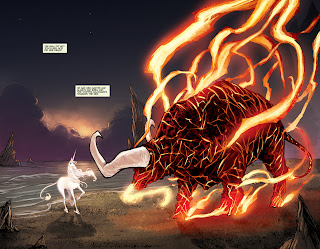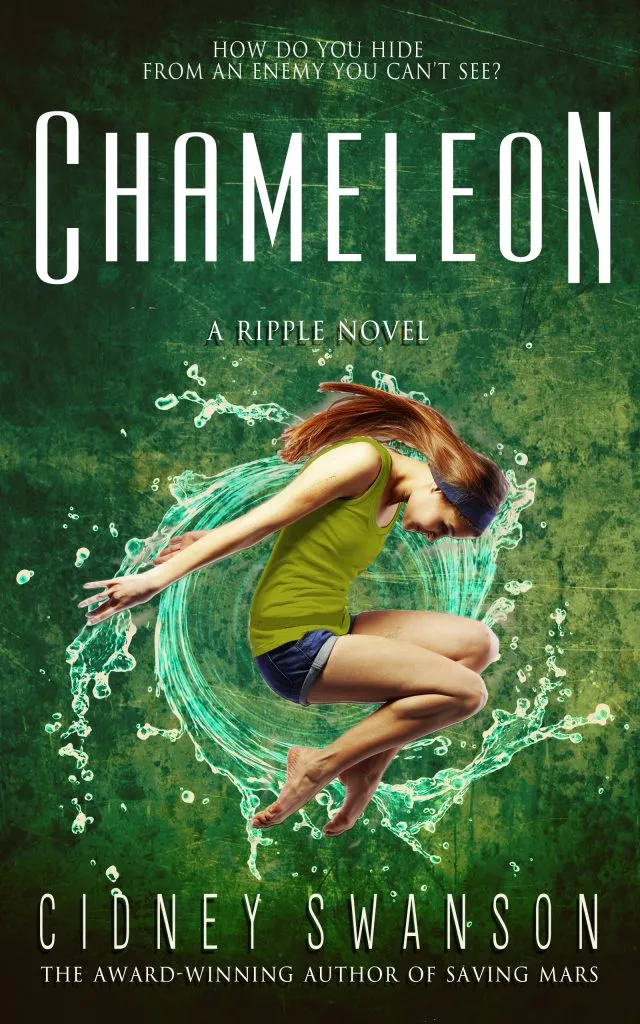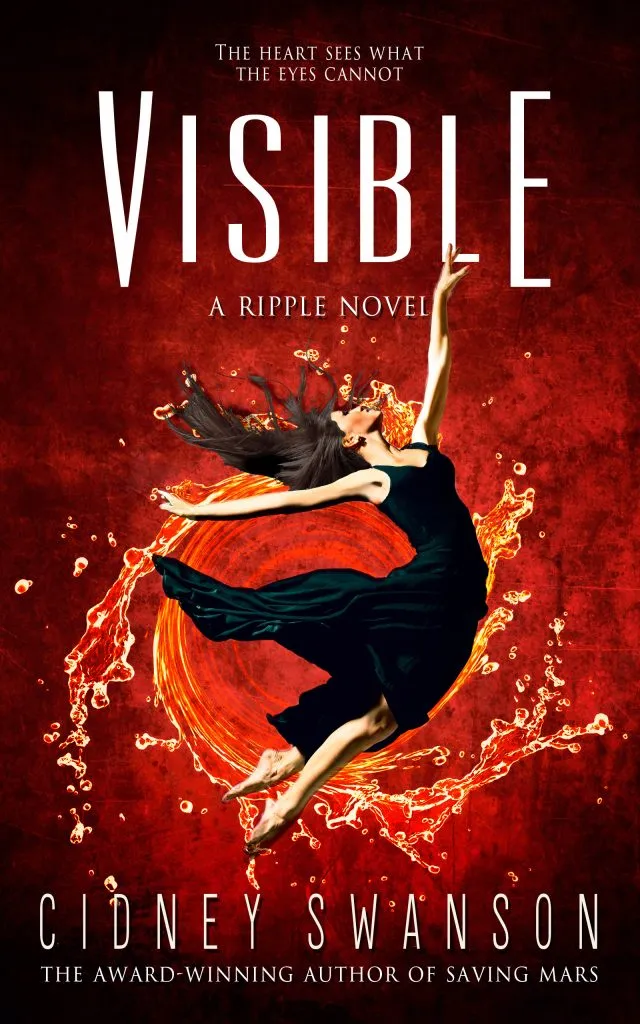Book Spotlight: The Last Unicorn (The Graphic Novel) by Peter S. Beagle

Book Spotlight: The Last Unicorn (The Graphic Novel) by Peter S. Beagle
GOOD DAY to you, Beardies, and welcome back!
It is my great pleasure to present my first post for The Bearded Scribe. First, a huge thanks to Joshua and the rest of the crew for having me, and to all you Beardies for taking the time to follow the blog. Second, on to the goodies:
{—PREMISE—}
WHIMSICAL. Lyrical. Poignant. Deeply moving. Adapted for the first time from the acclaimed and beloved novel by Peter S Beagle, The Last Unicorn is a tale for any age about the wonders of magic, the power of love, and the tragedy of loss. A unicorn, alone in her enchanted wood, discovers that she may be the last of her kind. Reluctant at first, she sets out on a journey to find her fellow unicorns, even if it means facing the terrifying anger of the Red Bull and malignant evil of the king who wields the Bull’s power.
{—REVIEW—}
FOR my first foray into the realm of graphic novels, I settled on a winner. Having grown up terrified, yet allured, by the Rankin and Bass animated production of The Last Unicorn, I steered clear of the novel, not sure what to expect, until the 40th Anniversary Edition was released by Roc in 2008. I discovered that I had been missing out on an exquisite tale, but that’s another review for another day. Suffice it to say that the graphic version, published in 2011 by IDW Publishing, is as lush and beautiful as the original story. The artists Renae De Liz and Ray Dillon worked wonders translating the poetic beauty and depth of emotion of Beagle’s prose into each panel and page of their artwork.

BEING a reluctant fan of the animated production, I was pleased that many of the characters and flavor of the backgrounds often closely echoed the artwork featured in the film. At the same time, the illustrations remained different and original enough to keep me from feeling cheated. While I might have finished this book in a few hours, it took me several weeks because I found myself lingering on the panels, soaking up each delicious detail. Artwork of this caliber is not something to be rushed through, after all. The eye wants to dive into the layers of imagery and savor for a while.

JUST as impressive is how Peter B. Gillis managed to select the phrases, both exposition and dialog, from the original novel that best enhanced the artwork and managed to move the story along in a clear fashion, without sacrificing Beagle’s poetry of language. The story’s allegorical symbolism and wry humor remain intact as well. Even small details from the novel, those jewels glittering darkly at the periphery, like a spider weeping over reality, are faithfully captured here.
Fans of the classic fantasy novel will be hard-pressed not to find enjoyment in this delight for the eyes, this feast for the imagination.
{—RATING—}
***The Last Unicorn (2011) by Peter S Beagle, adapted by Peter B. Gillis; illustrated by Renae De Liz and Ray Dillon; published by and copyright IDW Publishing.






















